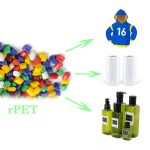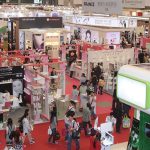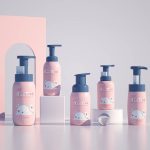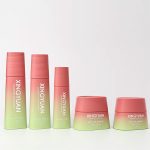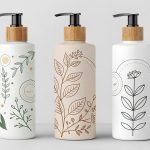Finding a reliable cosmetic packaging supplier is one of the toughest challenges beauty brands face today. Poor quality, communication breakdowns, or delayed deliveries can destroy product trust. This guide gives you a step-by-step road-map to find global suppliers for glass bottles, skincare bottles, and face cream jars—and build lasting partnerships.
To find a good quality cosmetic packaging supplier, research verified manufacturers through trusted global platforms and trade shows. Evaluate product quality, certifications, and customer reviews. Request samples, perform audits, and check customization options. Reliable suppliers maintain consistency, transparency, and eco-conscious materials across their packaging lines—whether you’re sourcing glass bottles, skincare bottles, or face cream jars.
Now let’s walk through each sourcing step in detail—from understanding what defines a “good supplier” to building a sustainable long-term relationship in the global beauty packaging market.
Outline
- 1 1. Understand What “Good Quality Supplier” Really Means
- 2 2. Research Where to Find Cosmetic Packaging Suppliers
- 3 3. Shortlist Suppliers Using Key Quality Indicators
- 4 4. Verify Supplier Legitimacy and Reputation
- 5 5. Evaluate Product Quality and Customization Capability
- 6 6. Assess Cost Transparency and Supply Chain Stability
- 7 7. Communicate Effectively with Global Suppliers
- 8 8. Consider Sustainability and Innovation
- 9 9. Build Long-Term Partnerships
- 10 10. Common Pitfalls When Searching for Suppliers
- 11 Bonus: Tools and Resources for Global Supplier Sourcing
1. Understand What “Good Quality Supplier” Really Means
Before you start searching, define what “quality” truly means for your brand. In the cosmetic industry, packaging quality influences brand perception, product safety, and consumer experience.
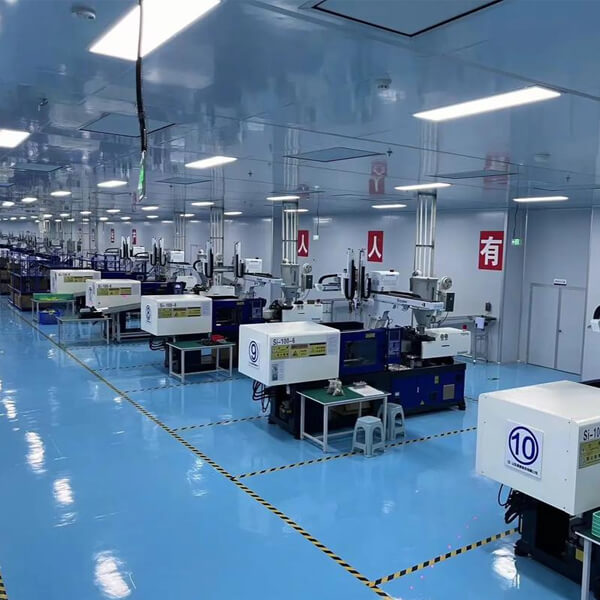 A good cosmetic packaging supplier is not just one who offers competitive prices but one who delivers consistency, safety, and service reliability. The key characteristics include:
A good cosmetic packaging supplier is not just one who offers competitive prices but one who delivers consistency, safety, and service reliability. The key characteristics include:
- Material Excellence: Whether it’s a glass bottle, skincare bottle, or face cream jar, materials must meet safety standards (non-reactive, airtight, leak-proof).
- Certifications: Look for suppliers with ISO 9001, GMP, or BRC Packaging
- Process Control: A true partner provides quality inspection reports, stability testing, and traceable batch records.
- After-Sales Support: They should handle feedback professionally and offer replacements for defective items.
Understanding this baseline will help you evaluate suppliers effectively later.
2. Research Where to Find Cosmetic Packaging Suppliers
Today’s sourcing ecosystem offers multiple channels to discover potential partners—each with its own advantages.
a. Online B2B Platforms
Websites like Alibaba, Global Sources, Made-in-China, and ThomasNet allow you to access thousands of packaging manufacturers globally.
- Use verified badges (e.g., Verified Supplier on Alibaba).
- Check how long they’ve been listed—longer history suggests credibility.
- Read customer feedback carefully.
b. International Trade Shows
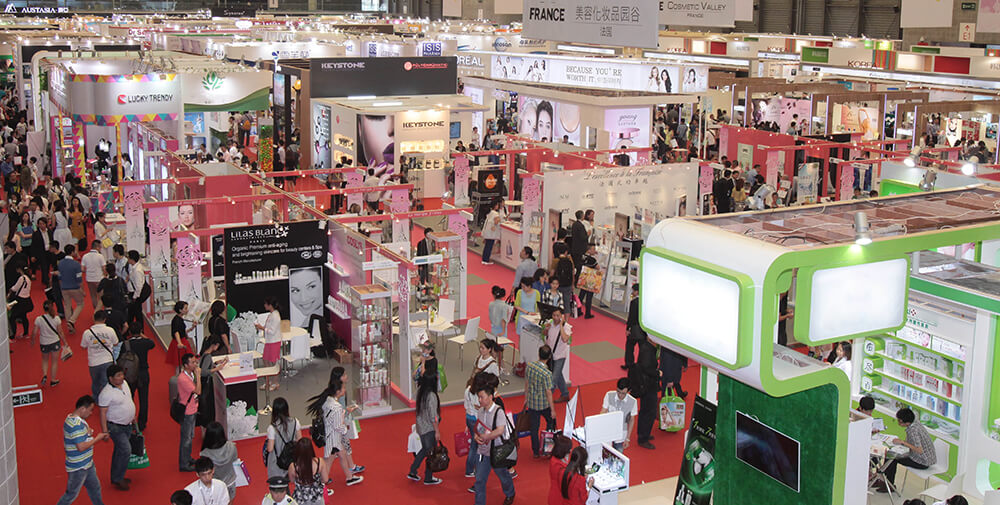
Events such as Cosmoprof, Luxe Pack, Beautyworld, and MakeUp in Paris remain essential.
- Trade shows let you touch and test cosmetic packaging
- You can compare multiple suppliers in one place and negotiate pricing face-to-face.
c. Industry Directories and Associations
Directories from Cosmetic Packaging News, Packaging Europe, or industry chambers often list vetted suppliers by region or specialty.
d. LinkedIn and Professional Networks
Modern sourcing extends to professional platforms. Join LinkedIn groups like Cosmetic Packaging Professionals or Beauty Manufacturing Network.
- You can connect directly with export managers and review company activity.
e. How These Channels Evolved Over 10 Years
In the past decade, sourcing has shifted from offline trade fairs to digital transparency.
- 2015–2018: B2B platforms became mainstream.
- 2019–2021: Virtual trade fairs and online audits emerged.
- 2022–2025: Digital trust verification, sustainability databases, and AI-driven matching now help brands find credible partners faster.
3. Shortlist Suppliers Using Key Quality Indicators
Once you’ve identified potential suppliers, you’ll need to filter them carefully. The best approach is to use measurable criteria:
- Years in Business: Suppliers with 5+ years of export experience are often more reliable.
- Product Range: Ensure they specialize in cosmetic packaging—not just generic containers.
- Export Market Experience: A supplier exporting to Europe, the US, or Japan likely follows higher standards.
- Certifications and Audits: Ask for proof, not promises.
- Responsiveness: Reliable communication is a key indicator of professionalism.
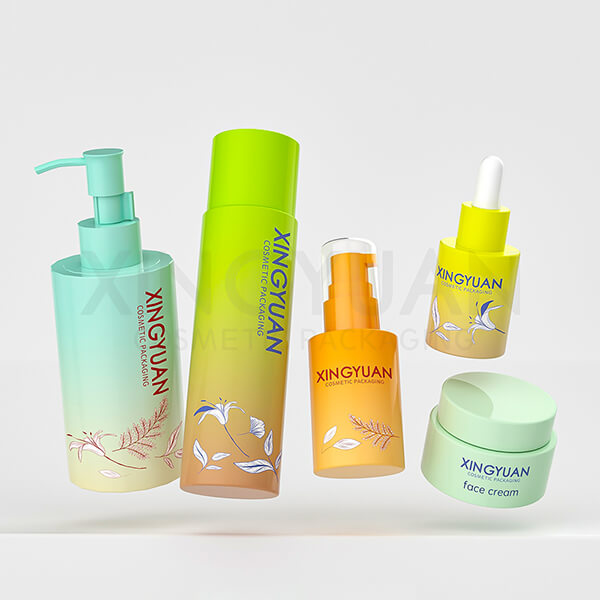 📋 Pro Tip: Create a supplier evaluation sheet that scores each candidate on quality, pricing, lead time, and sustainability. It simplifies comparison and decision-making.
📋 Pro Tip: Create a supplier evaluation sheet that scores each candidate on quality, pricing, lead time, and sustainability. It simplifies comparison and decision-making.
4. Verify Supplier Legitimacy and Reputation
Verification separates real manufacturers from middlemen. Here’s how to do it effectively:
- Request Business Documents: Ask for a business license, export certificate, and tax registration.
- Check References: Request contact details of existing clients in your market.
- Audit the Factory: If you can’t visit personally, hire third-party firms like SGS, TÜV, or Intertek to inspect production lines.
- Use Verification Tools: Platforms like Alibaba Verified or Global Sources Premium Supplier already perform background checks.
- Trial Orders: Start with a small batch to test actual communication, lead time, and packaging quality.
A legitimate supplier won’t hesitate to provide transparency and verification proofs.
5. Evaluate Product Quality and Customization Capability
Once you’ve shortlisted suppliers, it’s time to analyze their products in depth.
Step 1: Request Samples
Evaluate the clarity, color consistency, and sealing performance of their glass bottles, skincare bottles, and face cream jars.
Step 2: Assess Material Durability
- Glass should be uniform and heat-resistant.
- Plastic (like PET or PP) should be odorless and recyclable.
- Metal components (caps, pumps) should have smooth operation.
Step 3: Check Customization Options
A high-quality supplier should support:
- Logo printing (silk screen, UV coating, hot stamping).
- Surface finishes (frosted, matte, glossy).
- Custom molds or shapes tailored to your brand.
Step 4: Verify Compliance
Ensure the materials comply with FDA, REACH, or EU Cosmetic Directive standards.
This step determines whether your packaging truly reflects your brand’s premium positioning.
6. Assess Cost Transparency and Supply Chain Stability
Price should never be the only deciding factor—but transparency is crucial.
Factors Affecting Cost:
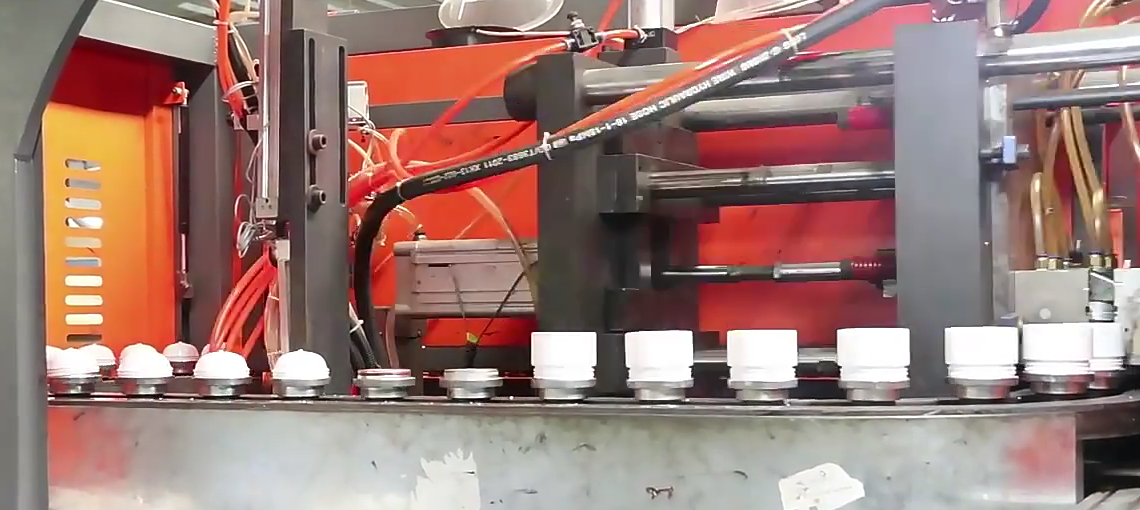
- Material Type: Glass costs more than plastic; sustainable materials cost even more.
- MOQ (Minimum Order Quantity): Larger orders bring lower unit prices.
- Customization: Special colors, printing, and molds increase cost.
- Freight & Taxes: International sourcing adds logistics fees.
Evaluating Stability:
- Ask about raw material sourcing—do they rely on a single supplier?
- Check average delivery time and flexibility under urgent conditions.
- Confirm backup production capacity.
Stable suppliers ensure your brand avoids stockouts and maintains consistent quality.
7. Communicate Effectively with Global Suppliers
Even a great supplier can fail without proper communication.
Tips for Effective Collaboration:
- Be Clear and Specific: Use drawings, specifications, and reference photos.
- Set Milestones: Define sampling, approval, and delivery dates upfront.
- Use Written Confirmation: Always document conversations via email or platforms.
- Respect Cultural Nuances: Be polite, professional, and patient—especially when sourcing from Asia.
- Establish Feedback Loops: Request updates with photos or videos during production.
Clear communication eliminates misunderstandings and builds mutual respect.
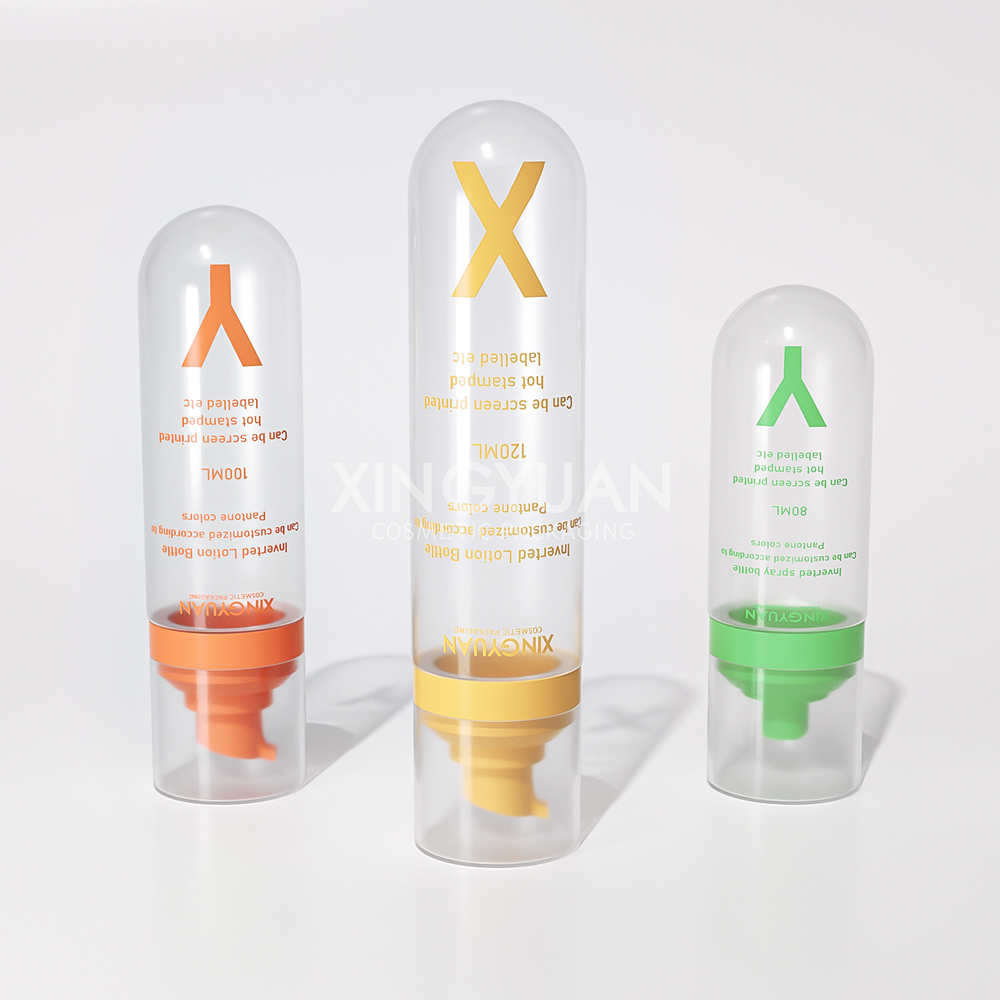
8. Consider Sustainability and Innovation
The cosmetic packaging industry is transforming rapidly due to environmental pressure. Modern consumers expect packaging that’s both elegant and sustainable.
When choosing suppliers, prioritize those that:
- Offer PCR (Post-Consumer Recycled)
- Provide refillable packaging
- Use recyclable glass or biodegradable plastics.
- Publish sustainability certifications or environmental policies.
Sustainability isn’t just an ethical choice—it’s a market advantage. Brands using eco-packaging see higher consumer loyalty and compliance with emerging regulations.
9. Build Long-Term Partnerships
Once you’ve found a reliable supplier, shift from transactional to strategic cooperation.
How to Nurture Long-Term Success:
- Regular Quality Reviews: Maintain quarterly evaluations to ensure standards remain consistent.
- Joint Development Projects: Collaborate on new cosmetic packaging concepts or materials.
- Transparent Communication: Share market forecasts to plan capacity together.
- Reward Performance: Offer long-term contracts or incentives for excellent service.
- Crisis Management Plans: Discuss backup solutions for emergencies or raw material shortages.
A supplier who grows with you becomes part of your brand’s value chain, not just a vendor.
10. Common Pitfalls When Searching for Suppliers
Even experienced buyers can make costly mistakes. Avoid these:
- Focusing Only on Price: The cheapest supplier often sacrifices quality or reliability.
- Ignoring Verification: Always confirm credentials before paying deposits.
- Skipping Samples: Never finalize deals without physical inspection.
- Poor Documentation: Missing written agreements can lead to disputes.
- Neglecting Sustainability: Future regulations may ban non-eco materials—plan ahead.
Learning from others’ mistakes saves time, money, and reputation.
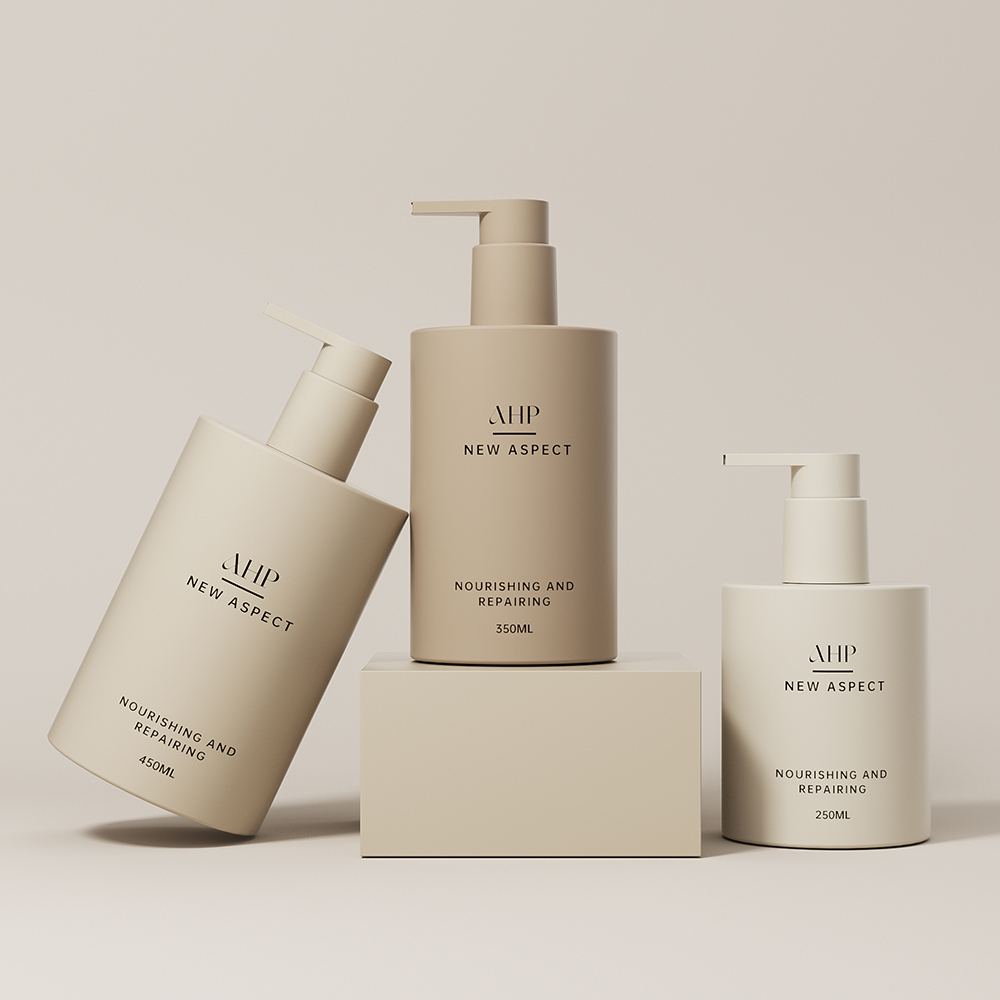
Bonus: Tools and Resources for Global Supplier Sourcing
Here are a few recommended platforms and resources to streamline your search:
- Alibaba Verified Suppliers – global supplier listing with certification checks.
- Global Sources – ideal for packaging and beauty industry components.
- ThomasNet – trusted US-based manufacturer directory.
- EcoVadis – sustainability rating for global suppliers.
- SGS / Intertek / TÜV Rheinland – third-party inspection and audit firms.
Use a mix of digital tools and human judgment for the best results.
Summary
Finding a good cosmetic packaging supplier requires a structured approach—research, verification, sampling, and communication. Focus on quality, transparency, and sustainability to secure trusted partners for glass bottles, skincare bottles, and face cream jars. Smart sourcing protects your brand’s image and ensures consistent excellence in a global market.
